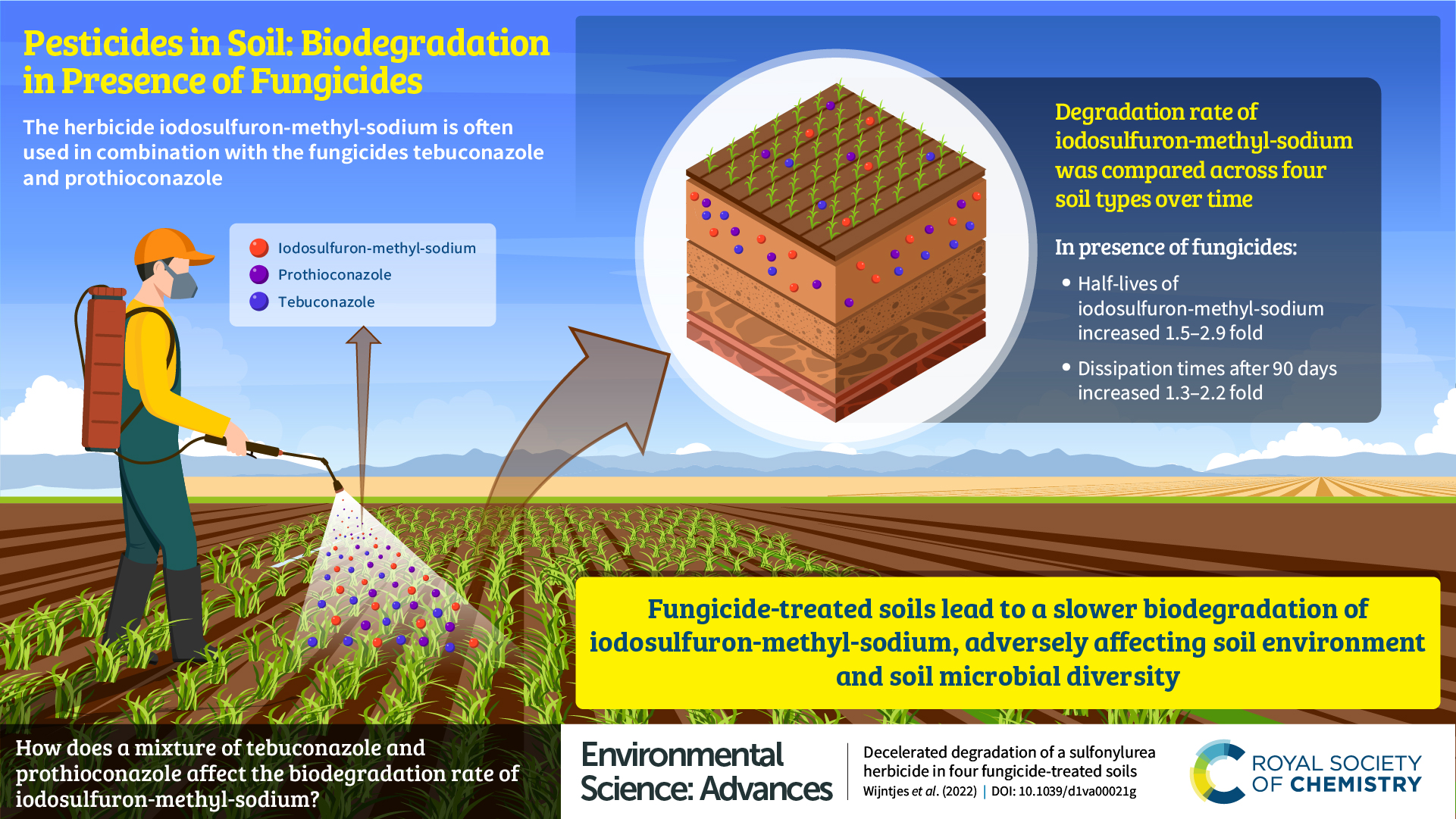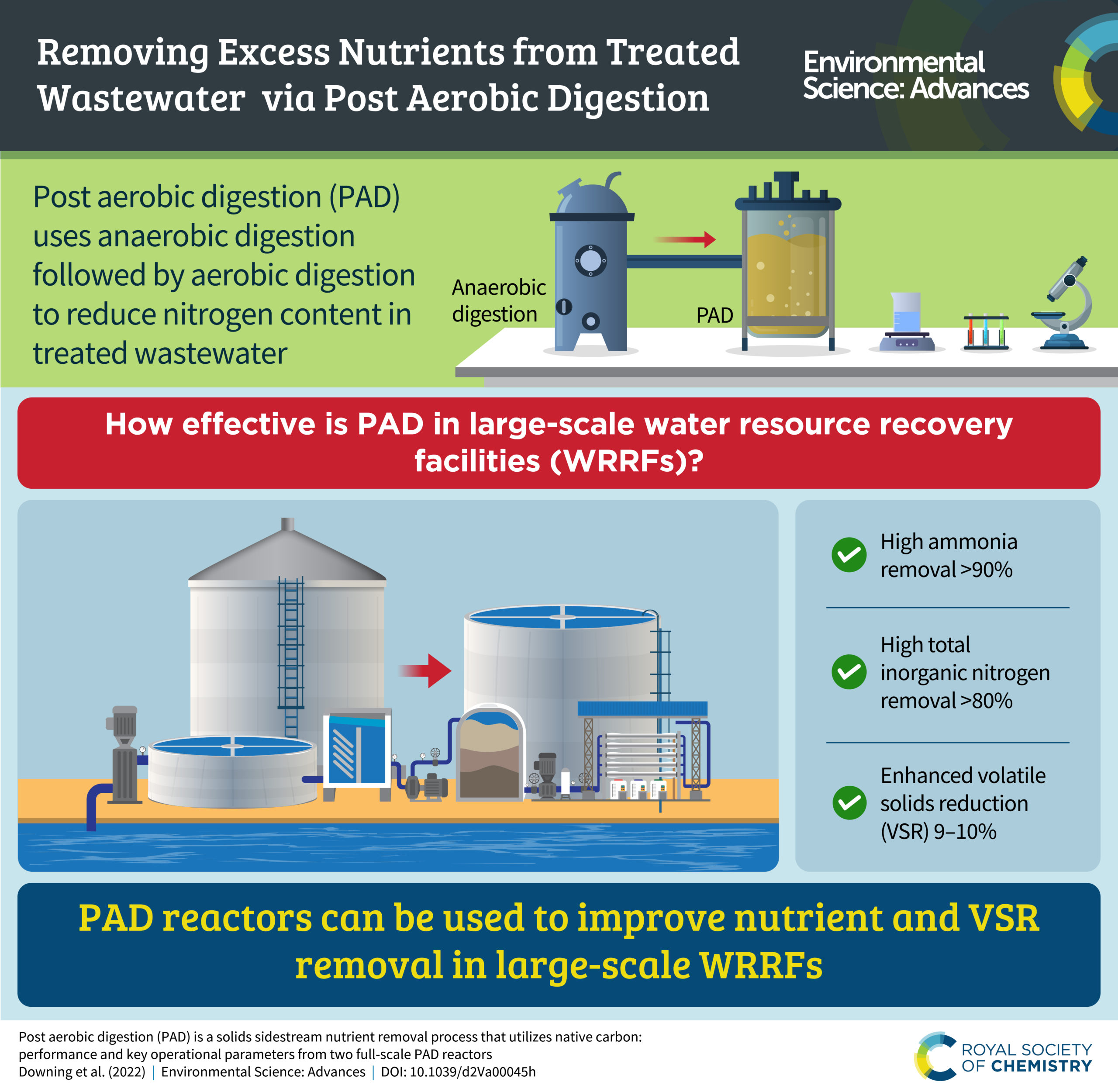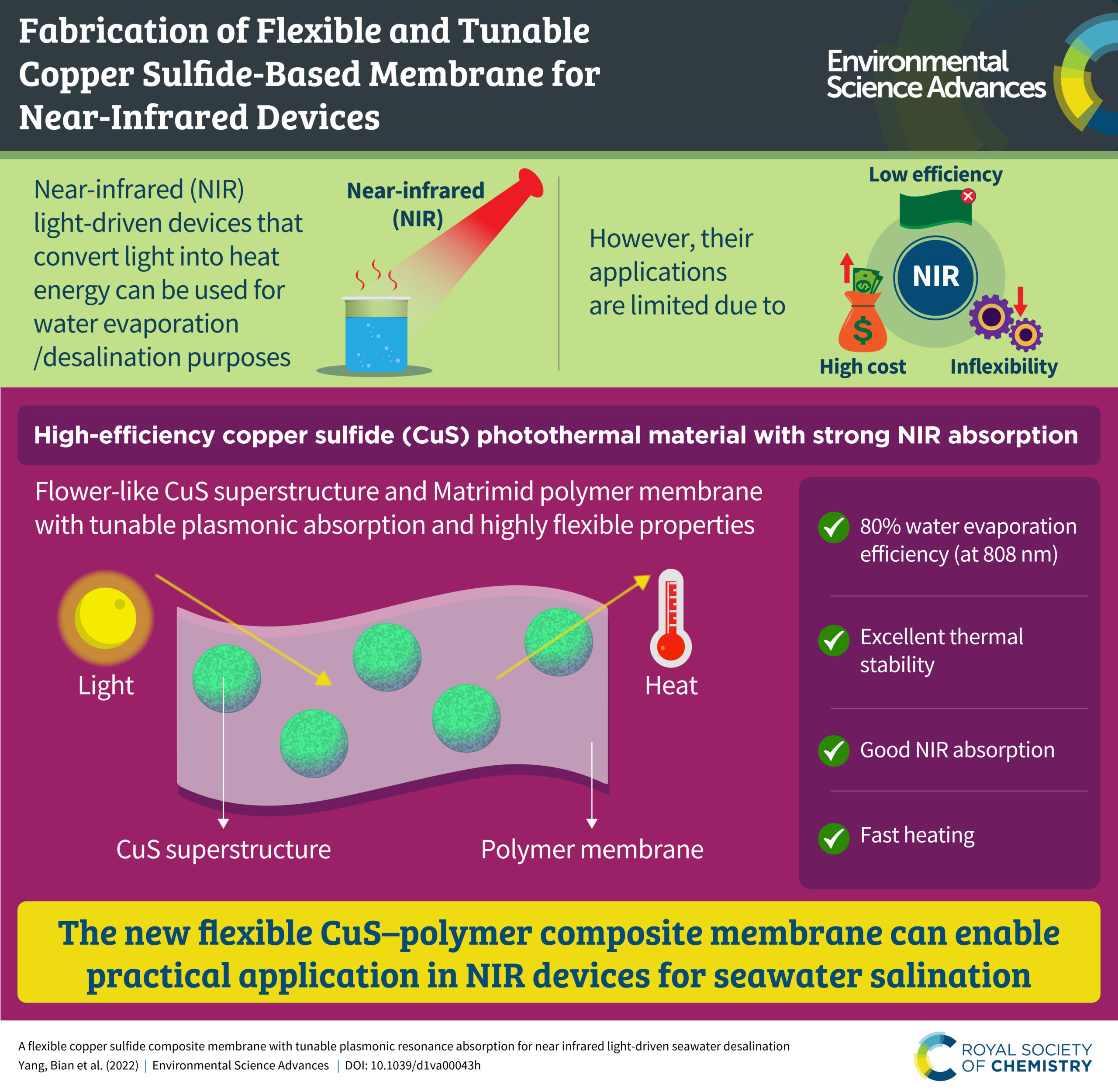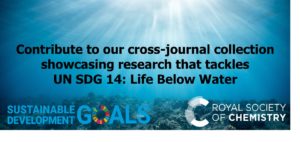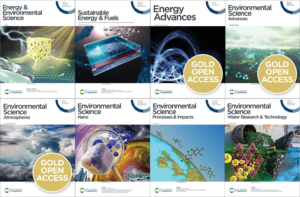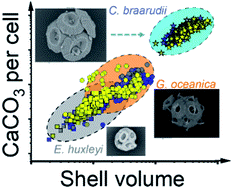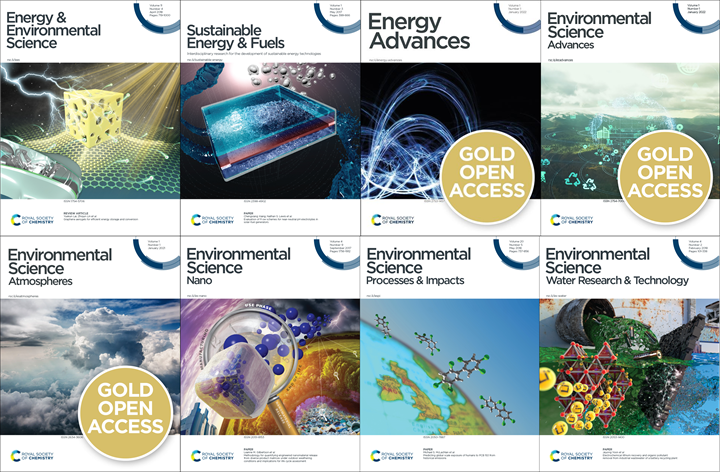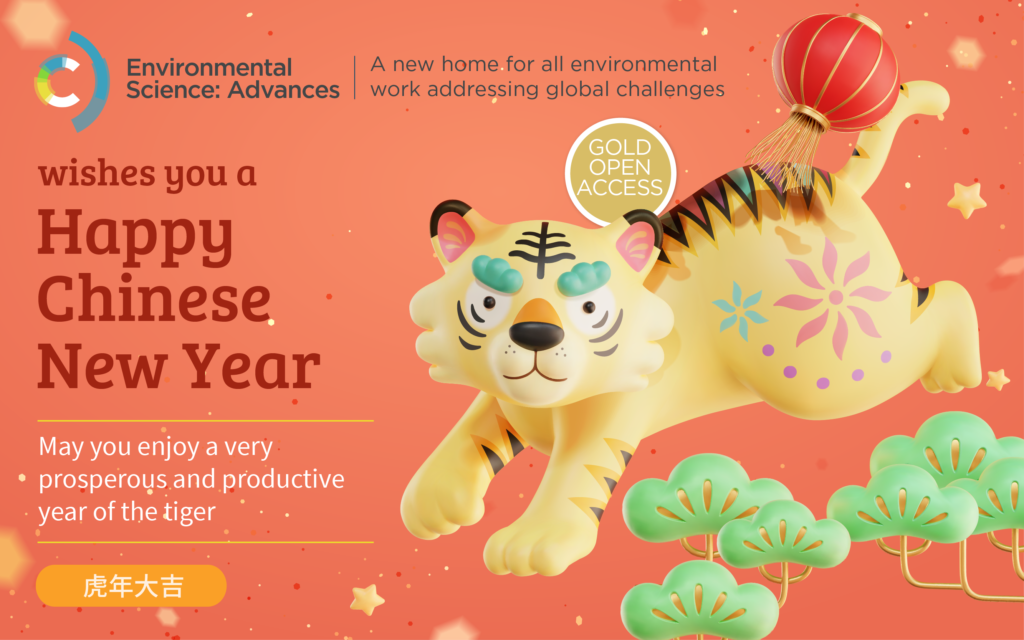The Royal Society of Chemistry was proud to attend the 11th National Conference on Environmental Chemistry, held in Harbin China, from the 25th to the 29th of July. The theme of this year’s conference was “Innovating Environmental Sciences, Low-Carbon Protecting Environment and Health” which fully reflected the interdisciplinary work presented.
At the conference more than 50 different branches of environmental science, including toxicology and health, remediation technology and environmental policy, met to present their work and participate in conference exhibitions.
RSC representatives at the National Conference on Environmental Chemistry hosted a booth and engaged with researchers and answered questions about our portfolio of hybrid and Gold Open Access environmental journals.
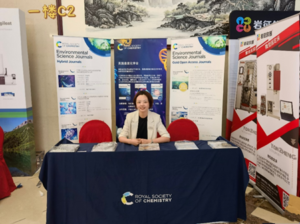
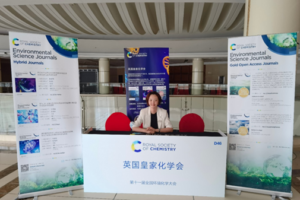
Dr. Guanqun Song presented a talk on “Publishing with the Royal Society of Chemistry” in a session chaired by Professor Defeng Xing (Advisory Board Member, Environmental Science Water Research & Technology). The audience were able to ask insightful questions that they might have about the peer review process and tips on how to publish in our journals.
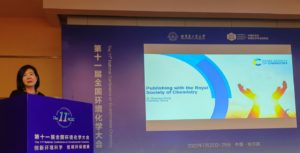
In addition, RSC editorial board members were able to find time in between presentations for a lunch and catch up. This included board members from Environmental Science Advances (Editor in Chief Zongwei Cai, Associate Editor Liwu Zhang) and advisory board members from Environmental Science: Atmospheres, Environmental Science Water & Technology, Environmental Science: Processes and Impacts and Environmental Science: Nano.
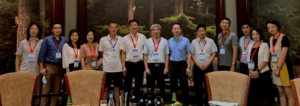
If you attended the conference and still have questions about our journals that you would like answered, please feel free to reach out to the editorial office or find a home for your research in our environmental portfolio.


